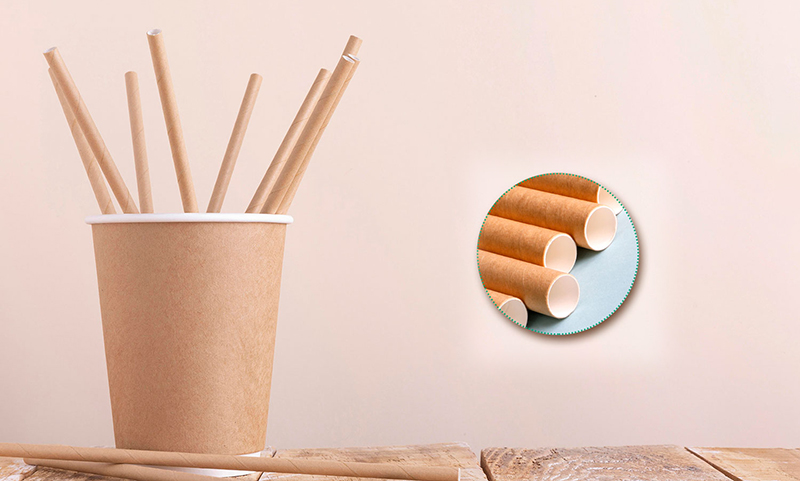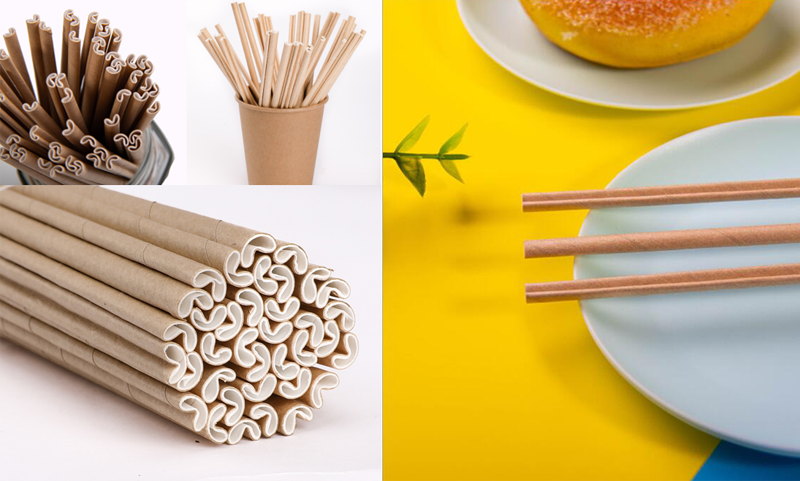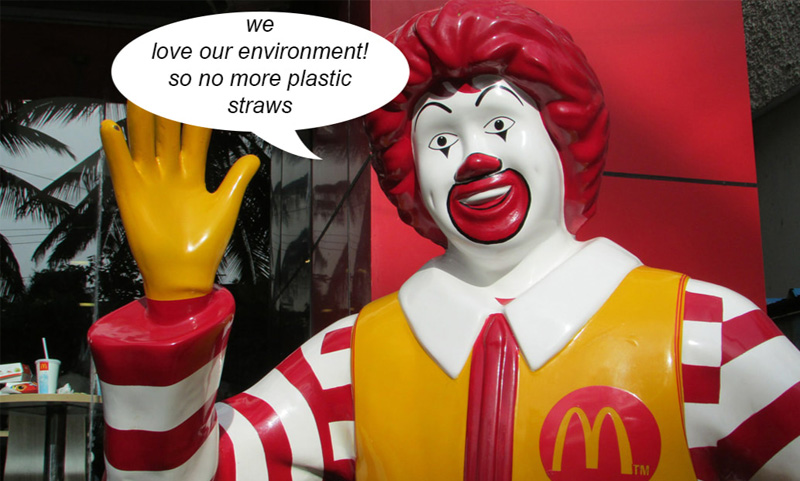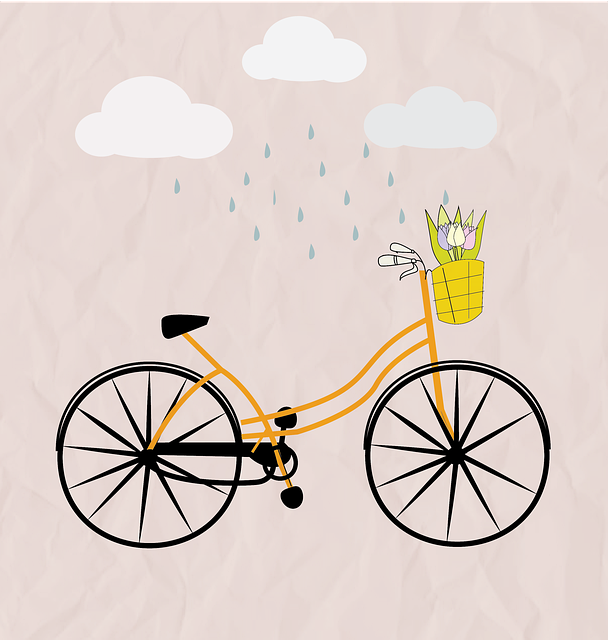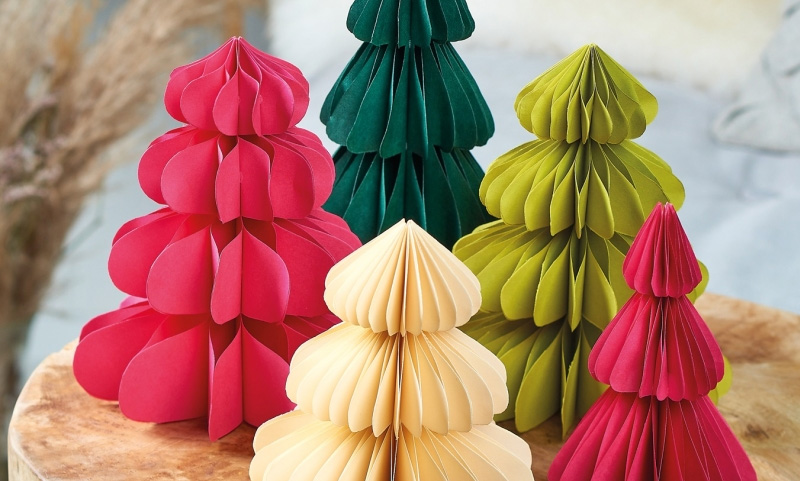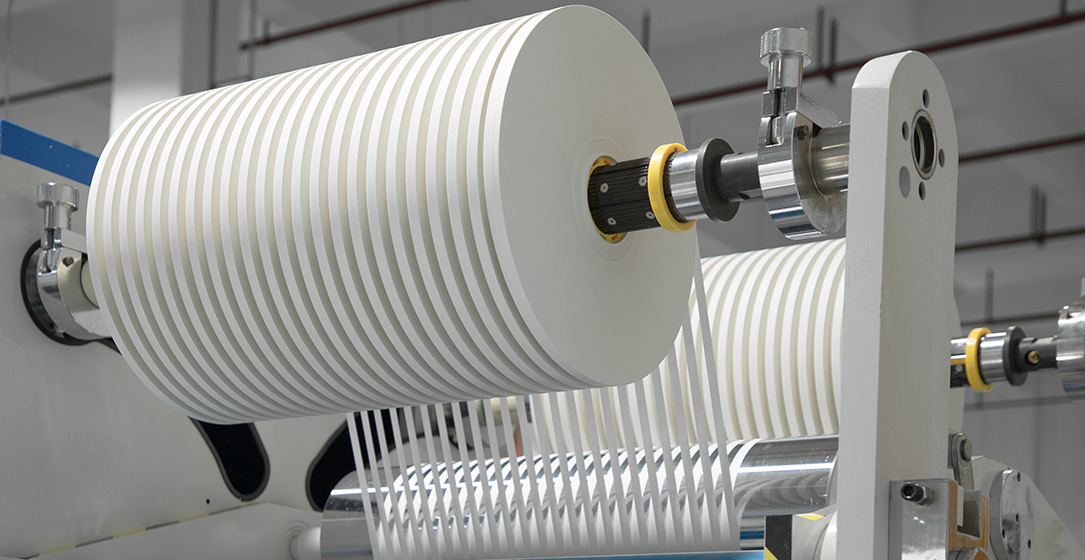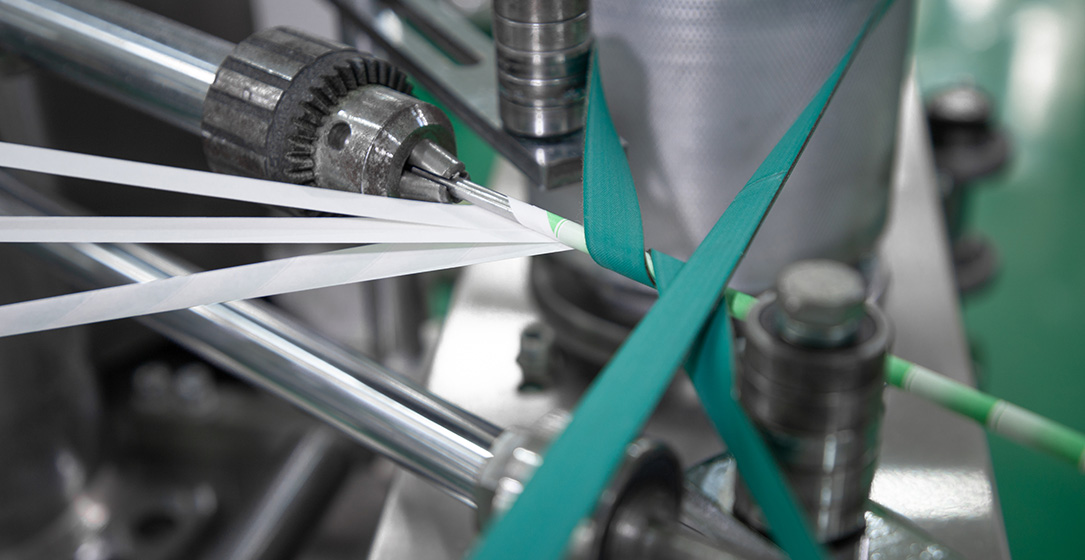
Introduction:
In the intricate world of Paper decoration production, the seamless flow of materials, information, and resources is essential for success. Behind the beauty of each decoration lies a complex supply chain management process that involves sourcing materials, coordinating production, and delivering finished products to customers. In this blog, we delve into the intricacies of paper decoration production Supply chain management, exploring the key components, challenges, and strategies for optimization.
Understanding the Paper Decoration Production Supply Chain:
The paper decoration production supply chain encompasses the entire process from raw Material sourcing to the delivery of finished products to customers. This includes various stages such as material procurement, Production planning, manufacturing, distribution, and logistics.
At the heart of the supply chain management process is the coordination and integration of activities across multiple stakeholders, including suppliers, manufacturers, distributors, and retailers. Effective supply chain management ensures that materials are sourced efficiently, production is optimized, and products are delivered to customers on time and in optimal condition.
Key Components of Supply Chain Management:
- Material Sourcing: The first step in supply chain management is sourcing raw materials for paper decoration production. This involves identifying reliable suppliers, negotiating contracts, and ensuring the quality and availability of materials such as paper, ink, adhesives, and embellishments.
- Production Planning: Once materials are sourced, production planning involves scheduling production runs, allocating resources, and optimizing production processes to meet demand. This includes coordinating activities such as printing, cutting, shaping, assembly, and finishing to ensure efficient use of time and resources.
- Manufacturing: The Manufacturing stage involves transforming raw materials into finished paper decorations through various processes such as printing, cutting, shaping, and assembly. This stage requires coordination between production teams, equipment operators, and quality control inspectors to ensure that products meet quality standards and specifications.
- Distribution and Logistics: The final stage of the supply chain management process involves distributing finished products to customers through various distribution channels such as wholesalers, retailers, and e-commerce platforms. This requires efficient logistics management to optimize transportation, storage, and delivery processes.
Challenges in Paper Decoration Production Supply Chain Management:
Despite its importance, paper decoration production supply chain management is not without its challenges. Some of the common challenges include:
- Demand Variability: Fluctuations in demand can pose challenges for production planning and inventory management, leading to overstocking or stockouts of materials and finished products.
- Supply Chain Disruptions: Disruptions such as raw material shortages, equipment breakdowns, or transportation delays can disrupt production schedules and impact delivery timelines.
- Quality Control: Ensuring consistent quality across all stages of production can be challenging, especially when dealing with multiple suppliers, manufacturing processes, and quality standards.
- Cost Management: Managing production costs while maintaining quality and meeting customer demands requires careful cost analysis, budgeting, and cost control measures.
Strategies for Optimization:
To overcome these challenges and optimize paper decoration production supply chain management, manufacturers can implement various strategies:
- Demand Forecasting: Utilize data analytics and forecasting techniques to predict demand trends and adjust production plans accordingly.
- Supplier Collaboration: Foster strong relationships with suppliers, communicate regularly, and collaborate on inventory management, quality control, and cost optimization.
- Lean Manufacturing: Implement lean manufacturing principles to streamline production processes, eliminate waste, and improve efficiency.
- Technology Integration: Invest in product technology and automation to streamline production processes, improve accuracy, and reduce lead times.
- Inventory Management: Implement inventory management systems to track materials and finished products in real-time, optimize inventory levels, and minimize stockouts and overstocking
- Quality Control: Implement robust quality control processes, including inspections, testing, and certification, to ensure consistent quality across all stages of production.
- Logistics Optimization: Optimize logistics operations by leveraging transportation management systems, route optimization software, and warehouse management systems to reduce transportation costs, improve delivery times, and enhance customer satisfaction.
Conclusion:
In conclusion, effective supply chain management is crucial for the success of paper decoration production. By understanding the key components, challenges, and strategies for optimization, manufacturers can streamline production processes, improve efficiency, and enhance customer satisfaction. By leveraging technology, collaboration, and best practices in supply chain management, manufacturers can create a competitive advantage in the dynamic and evolving paper decoration production industry.




